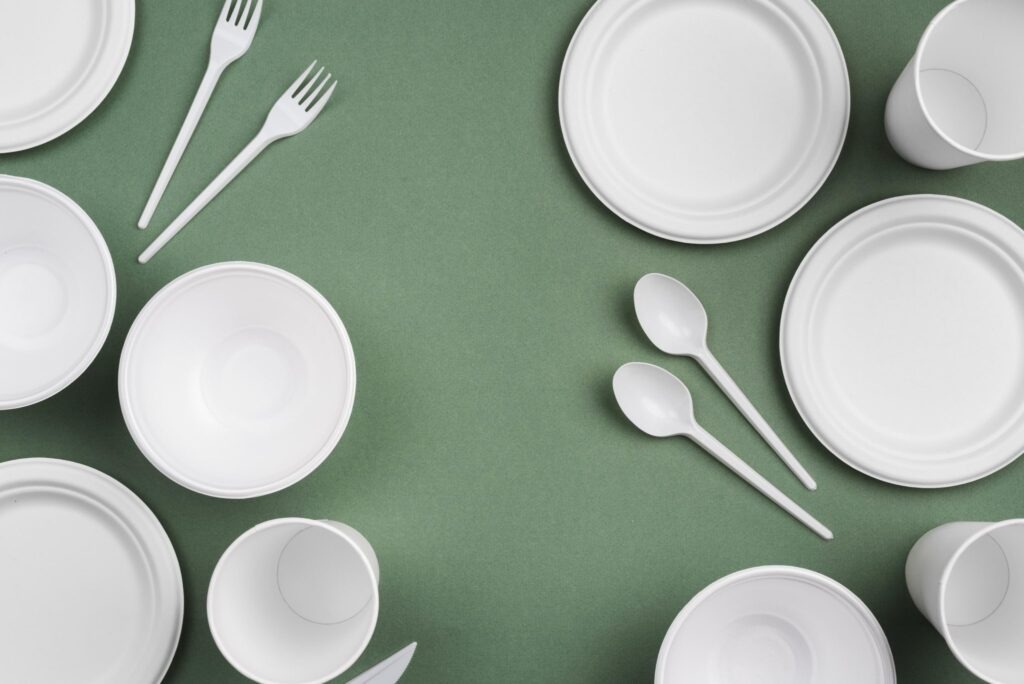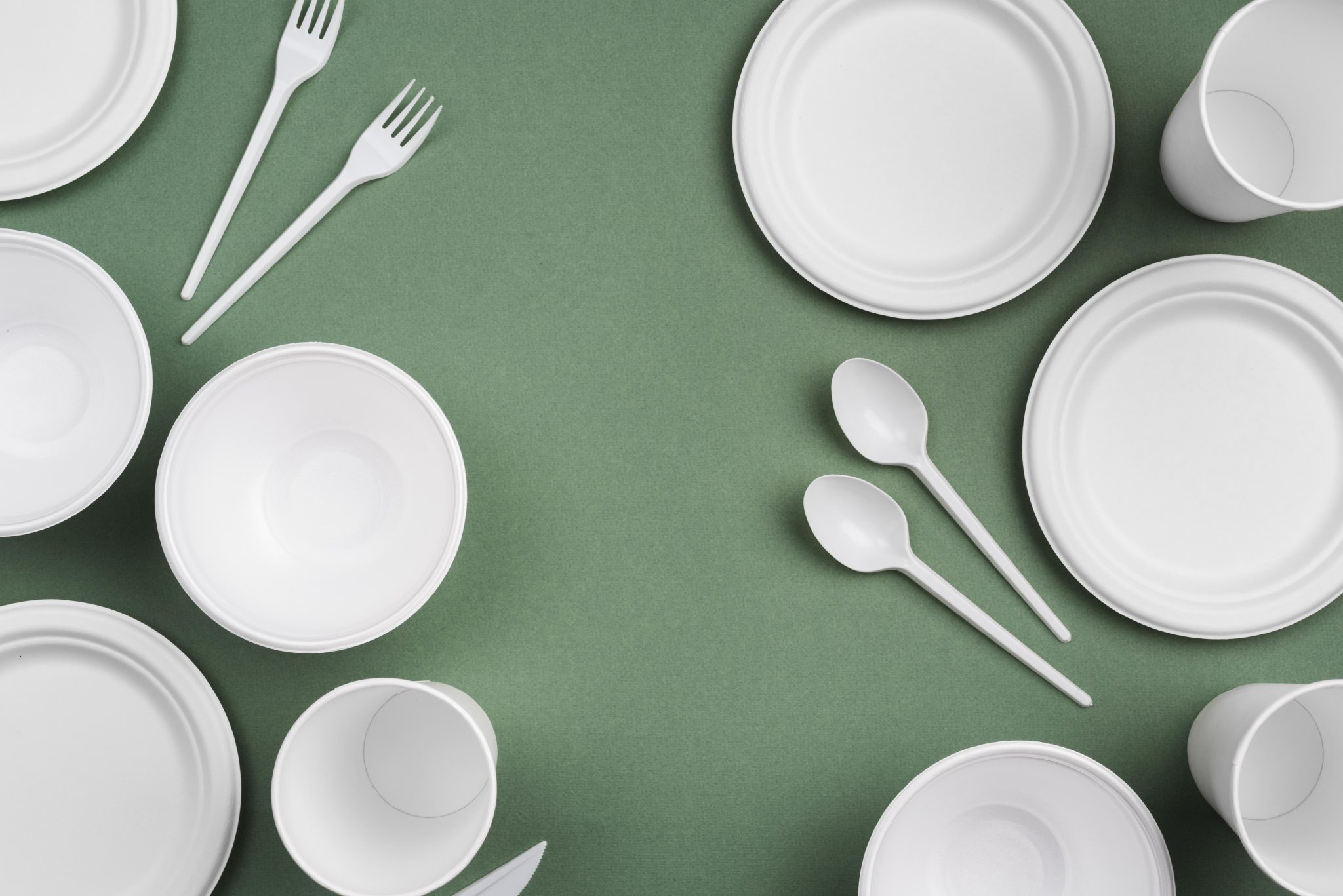
The global disposable dinnerware market is constantly growing.Have you ever wondered how throwaway plates and dishes are manufactured? This article will look at the manufacturing techniques and raw materials required to make disposable plates, bowls, and dishes.
Manufacturing Process of Disposable Plates: Disposable tableware, such as plates, bowls, and cups, can be created from a variety of materials, including plastic, paper, metal, and or foam. Depending on the material used, the manufacturing method differs. This article will expose you to the raw materials and manufacturing procedures of disposable paper plates and plastic plates.
Disposable Paper Plates Manufacturing:
- Raw Materials:
Paper Pulp: It is the most often used substance for paper plates and is made from wood pulp.
Paper that has been recycled:Eco-friendly alternative produced from recycled paper goods.
Paper that is biodegradable: Made from natural materials such as sugarcane and bamboo that decompose safely in the environment.
Paper that can be composted: Microorganisms break it down in compost piles.
Coated Paper Made from Pulp:Pulp-based Coated paper is made of wood pulp that has been coated with wax or plastic to make it water-resistant and suited for hot or wet foods.
Foil Laminated Paper: Paper that has been laminated with aluminium foil to provide insulation and make it ideal for hot or moist foods.
Paper with a polylactic acid (PLA) coating:Paper covered with a thin coating of biodegradable plastic (PLA) that is ideal for hot or moist foods and is compostable.
- Manufacturing Process:
Paper preparation is pulping old newspapers and paper to create a slurry containing water and chemicals.
Flattening the pulp, removing impurities, and running it through rollers to reach the desired thickness are all steps in the raw material preparation process.
Paper Plate Production: The treated paper is cut into the proper shape, dried, and any leftover impurities are removed before packaging using hydraulic press machines.
Disposable Plastic Plates Manufacturing:
- Raw Materials:
PS, or polystyrene: Used for lightweight, non-heat-resistant foam plates.
PP, or polypropylene: frequently used for affordable, long-lasting, and heat-resistant plastic plates.
PET, or polyethylene terephthalate:Used in bottles and food packaging, as well as for clear plastic plates.
PC, or polycarbonate:Perfect for plastic plates made to withstand high temperatures and used for hot meals.
Eco-Friendly Polymers:made from sustainable materials such as sugarcane, cassava, and cornstarch, providing greener options.
- Manufacturing Method:
Heat-forming: This method is frequently used to make reusable plastic tableware. Big polystyrene sheets are divided into smaller pieces and inserted into moulds. Before being packaged, these parts are heated until soft, moulded into the required shape, cooled, trimmed, painted, and put through quality inspections.
Conclusion:
Depending on the material utilised, different manufacturing procedures are employed to create disposable plates and dishes. Paper plates are formed by pulping and shaping, whereas plastic plates are often made by thermoforming. Making educated decisions and promoting sustainable practices is made possible by having a thorough understanding of the various raw materials and industrial processes.


 Best Underground Water Leak Detection Equipment 2024
Best Underground Water Leak Detection Equipment 2024  Best Backyard Ideas: Turn Your Outdoor Area Into a Creative and Calm Haven
Best Backyard Ideas: Turn Your Outdoor Area Into a Creative and Calm Haven  Babar, Rizwan are good players but not whole team, says Mohammad Hafeez
Babar, Rizwan are good players but not whole team, says Mohammad Hafeez  Pak vs NZ: Green Shirts aim to bounce back against Kiwis today
Pak vs NZ: Green Shirts aim to bounce back against Kiwis today